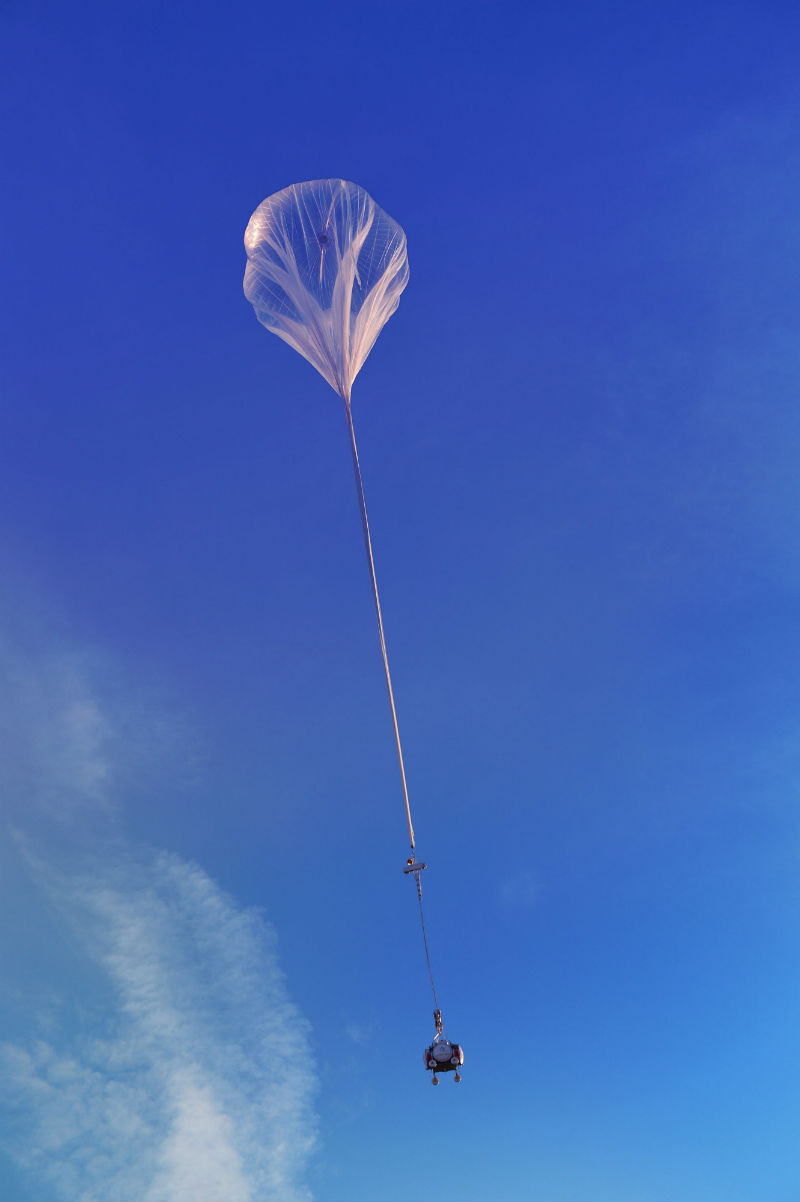If you’re looking forward to taking a vacation to space in the near-future, then you’ll be glad to hear that a commercial spaceflights company called World View has successfully completed a major milestone test flight this past weekend, keeping it on track to meet its 2017 goal for manned private flights to the edge of space.
The test flight, launched from Arizona, operated a smaller version of the spacecraft and reached a final altitude of 100,475 feet which makes it a success and ready for next stage of development.
The test flight showed that the craft is equipped with the technology necessary for regular, operational flight, and that flying to the edge of space in a balloon is actually feasible.
“Our team is comprised of some of the best aerospace engineers in the world and they’ve achieved some major technological advancements in the last few months. Those efforts have resulted in new and innovative technologies that will, without a doubt, make private travel to the edge of space routine in the years to come. This test flight is symbolic of a major step towards a new era of accessible space travel for us all,” said World View’s Chief Executive Officer and Co-Founder Jane Poynter.
While high-altitude ballooning technology isn’t new, using it for human flight required some innovation. This test flight focused on demonstrating some of the new technology involved including gentle liftoff, seamless transition, and smooth descent.
“While each individual system has been analyzed and extensively tested in previous test flights, this significant milestone allowed us to test and prove all critical flight systems at once. Now we’re ready for the next major phase of development – full scale system testing,” said Chief Technology Officer and Co-Founder Taber MacCallum.
World View is now getting ready for some full-scale test flights in the months to come. These tests will use a flight test article with mass and aerodynamics equivalent to the World View Voyager spacecraft.
Commercial manned flights are scheduled to begin in 2017 and will cost $75,000 for a two-hour ride to the edge of space to witness a sunrise against the curvature of the Earth and the blackness of space.
The final craft will come equipped with Wi-Fi, a bar, and a bathroom



Comments are closed, but trackbacks and pingbacks are open.